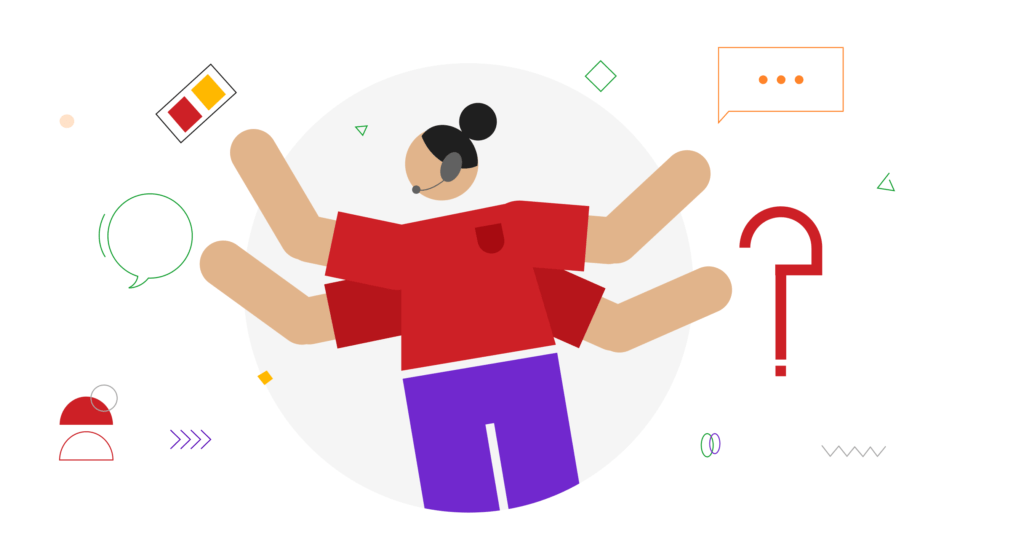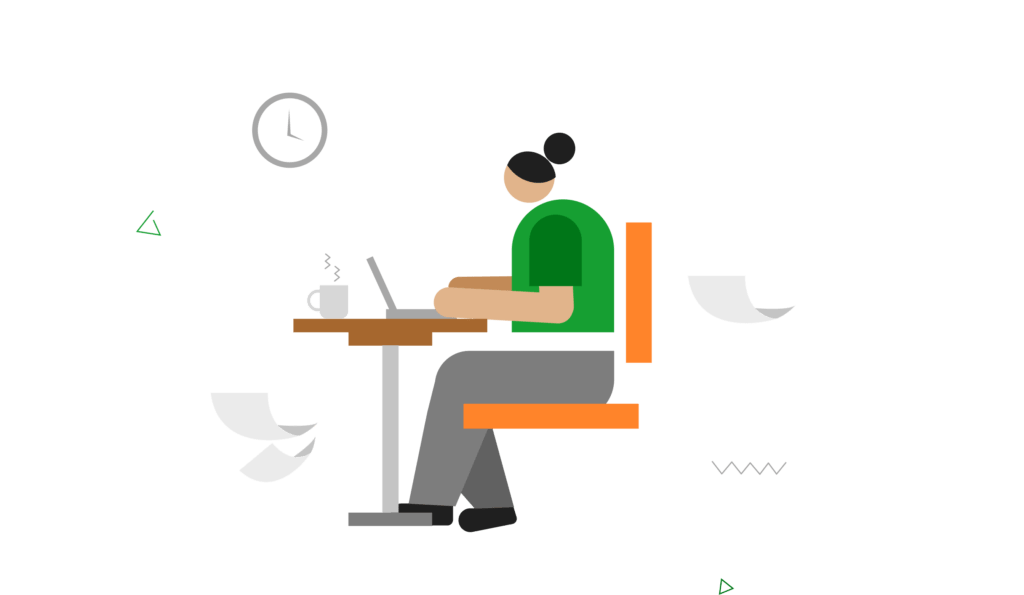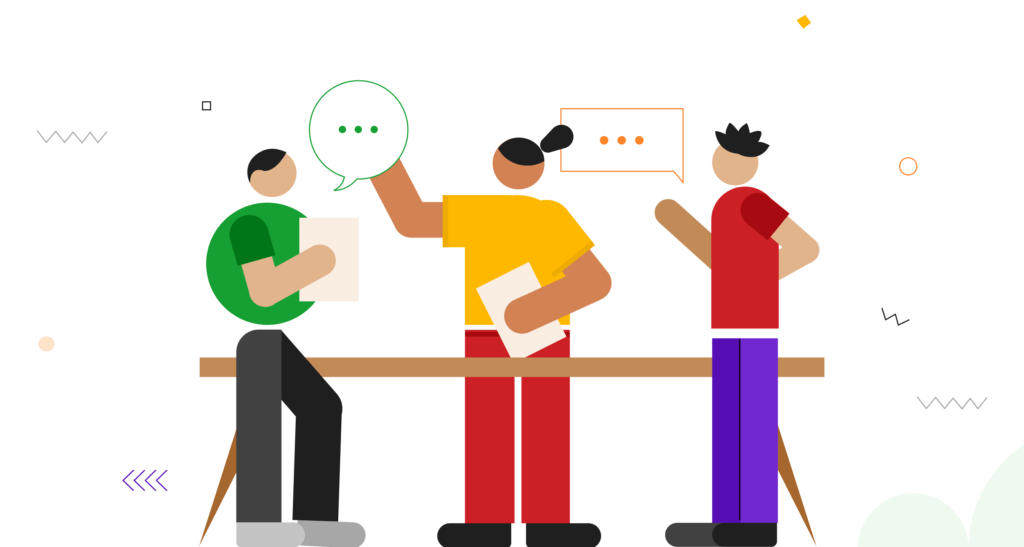Creativity can seem innate, but like many things, it is actually a delicate balance of nature and nurture. In other words, creative thinking can be enhanced by external forces and isn’t necessarily reliant on “good genes” or natural ability. Luckily, new research points the way to a variety of mental and environmental approaches that can help us improve our creative output:
1. Restrict Yourself

Famously, Dr. Seuss wrote Green Eggs & Ham after betting that he couldn’t produce a story using less than 50 words. The research shows Seuss was on to something. Most people naturally take the path of “least resistance” and build off of older or existing concepts when brainstorming, which can lead to less creative ideas.
In order to put the brain in overdrive, you can mimic Dr. Seuss and place restrictions on yourself while creating, which will prevent you from falling back on past successes. If you usually write 1000-word short stories, try to create a story in under 500 words. Only use a small handful of chords in your song or colors in your design. The limiting nature of the task can bring out your most creative side.
2. Re-conceptualize the problem

is like putting on a new pair of glasses to see things differently. It’s about shaking up your usual thinking and looking at a design challenge from unexpected angles. You know how sometimes you can stare at a problem forever, but when you step back and think about it in a totally different way, suddenly a solution pops up?
That’s re-conceptualization! It’s all about getting out of your design comfort zone and exploring fresh ideas that might just lead to the most awesome and unique solutions.
3. Separate work from consumption

It has been shown that we are particularly terrible at creating when we try to combine the gathering of information and actual creation. Researchers recommend only consuming information in an “absorb state” where you are not attempting to multitask. In essence, an absorbing state is a form of “batching” that emphasizes forced consumption over output.
No, interrupting yourself to start working on segments of your project while you are consuming information, instead use tools such as Evernote or Pocket to remember key ideas, insights, and articles that you can apply later to boost your creativity.
4. Use Counterfactual Thinking

Counterfactual thinking, also known as asking, “What might have been?” has been shown to increase creativity for short periods of time. To experiment with this technique, take events that have already happened and re-imagine different outcomes, alternating between the subtractive mindset (taking elements out of the event) and the additive mindset (adding elements into the event).
A silly example of counterfactual thinking in action can be seen on The Big Bang Theory, when one of the main characters makes a game of the phenomenon, asking his roommate: “In a world where Rhinoceroses are domesticated pets, who wins the Second World War?”
You, however, can apply it to more realistic scenarios, such as mapping out outcomes whenever you are doing creative problem-solving, subtracting, or adding “what if” elements that would have affected the outcome.
5. Daydream… after getting started

While research has shown that daydreaming can help with creativity, it is important to note that studies have revealed that daydreaming only works when you’ve already committed an effort towards a project. The reason? Daydreaming can be beneficial because it allows for the incubation of ideas. But incubation is only effective when we already have information to chew on. So be sure to get started on your project before drifting off.
Conclusion
Enhancing your creative skills is within your reach with the right strategies and mindset. By embracing restrictions, re-conceptualizing problems, separating work from consumption, using counterfactual thinking, and incorporating focused daydreaming, you can unlock your creative potential and produce innovative ideas and solutions.
We’ll keep an eye out for more design updates for you! So we are better equipped with the right resources for you. Want to learn how to become a UI UX Designer take a look at the UX Professional Track.
